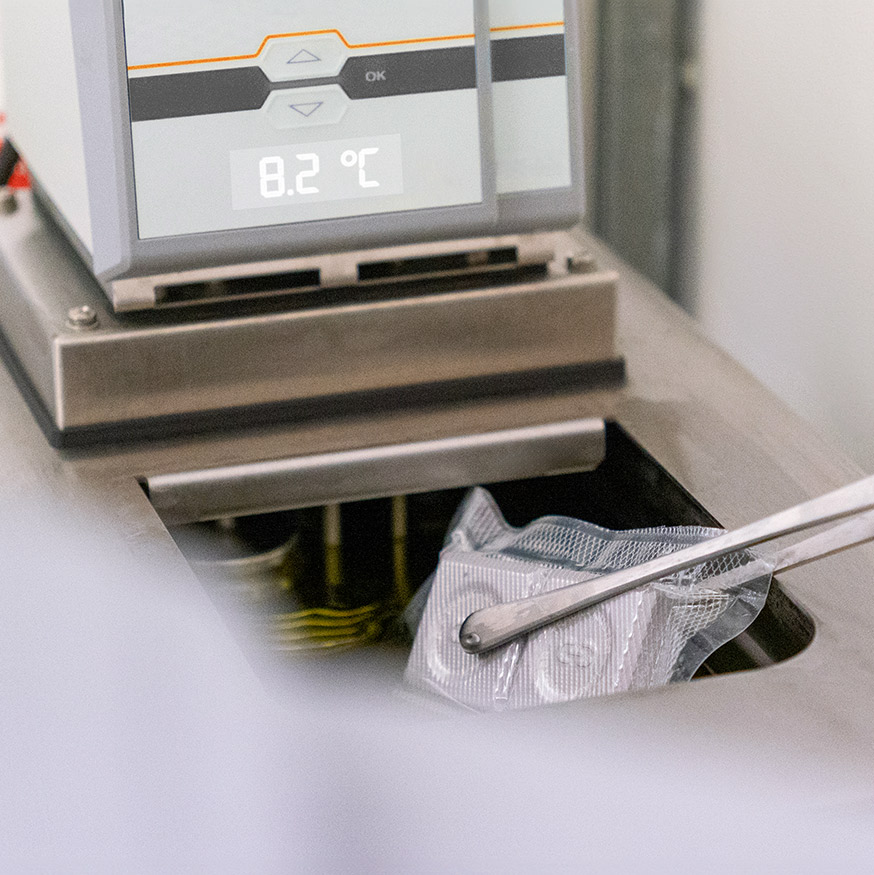What is calibration?
Calibration ensures reliable measurement results
Calibration is the be-all and end-all in the world of measuring devices. But what exactly does that mean? How can we ensure that our devices provide reliable measurements? This blog post looks at the implications of calibration, its necessity and how it can be carried out.
What is calibration?
In the calibration process, experts check the accuracy and reliability of measuring devices and adjust them if necessary.
Why do sensors need to be calibrated regularly?
To ensure the accuracy of e.g. Temperature sensors operators must regularly calibrate the sensors. This is particularly important in industries such as the food, pharmaceutical and automotive industries, where even small measurement deviations can lead to quality problems or safety risks. Environmental influences, wear and tear, ageing and manufacturing errors can affect accuracy and therefore require regular checking and adjustment. In addition, strict regulations in some industries require the use of calibrated measuring devices to ensure high quality.
How is calibration performed?
Calibration is usually carried out by comparing the measurement results of a measuring device with those of a known reference standard, the so-called standard. Based on the differences found, adjustments are made to optimise the accuracy of the test device. Depending on the device type and requirements, this can be done manually or automatically. The procedure usually involves setting or adjusting various device parameters to ensure that the device delivers the desired measured values with high accuracy.
A common method of calibrating a temperature sensor is to use a temperature-controlled water bath, for example. The sensor is immersed in the water bath, the temperature of which is known as the reference value. The temperature measured by the sensor is compared with the reference value and, if necessary, adjustments are made to optimise accuracy. The results are documented and recorded in a calibration certificate.

How often do you calibrate?
The frequency of calibration depends on various factors, including the type of device, frequency of use and industry-specific requirements. In many industries, annual calibrations are common. Devices that are used frequently or in demanding environments may require more frequent calibration.
SenseING calibration service
All SenseING temperature measurement products go through our calibration service to ensure their accuracy and reliability. Our specialists perform calibrations that meet industry-specific requirements and ensure that our customers always receive accurate and reliable measurements. Further information can be found in the Service area.
Looking for precise sensors?
Discover our comprehensive service portfolio now and optimise your measurements.


